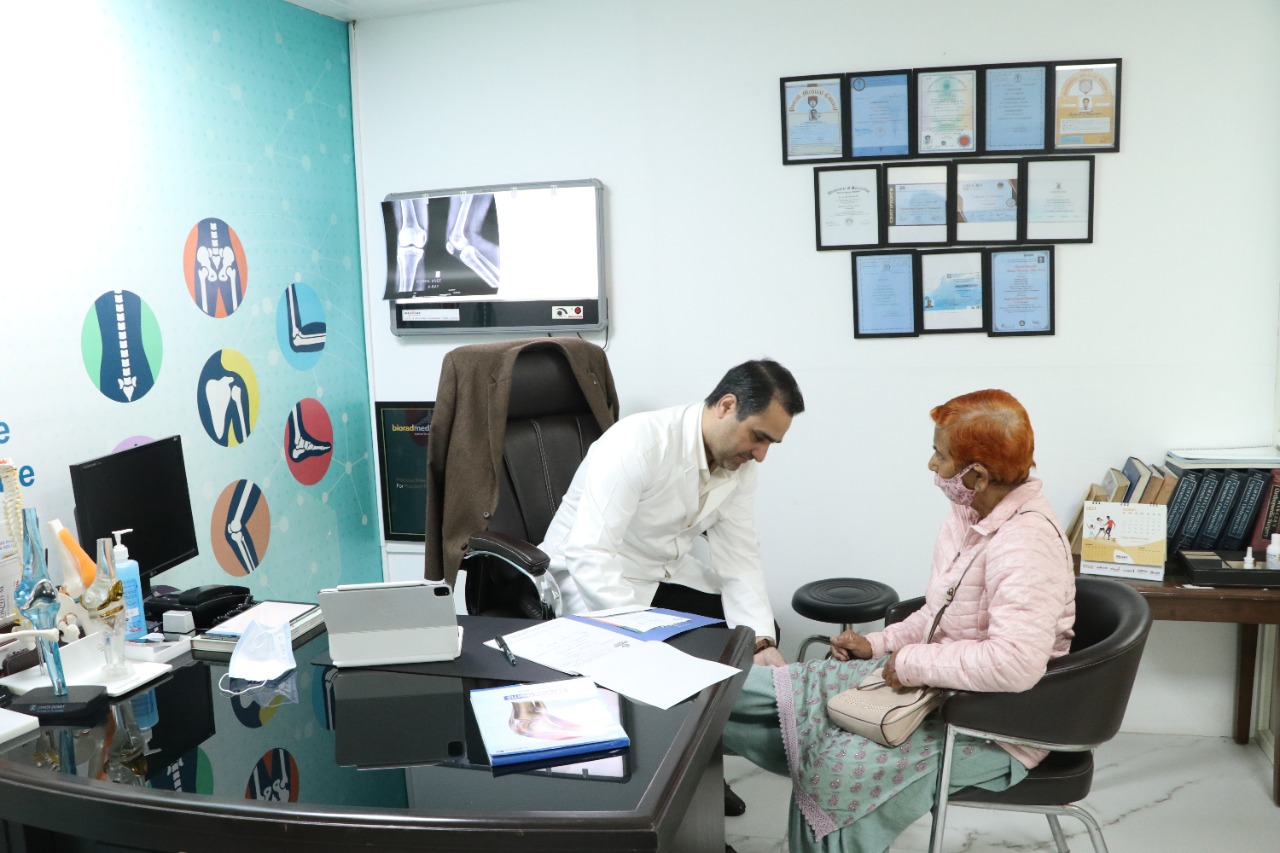Angioplasty is a procedure that can help ease the symptoms of blocked or clogged arteries and is frequently performed soon after a heart attack. It is a minimally invasive surgical endovascular technique that is used to restore natural blood flow.
It is also called Percutaneous Coronary Intervention or PCI in pathological terms. By definition, the term ‘angio’ refers to anything that has to do with blood vessels, whereas ‘plasty’ refers to the moulding or grafting of any body part, in this case, the heart arteries.
In this procedure, a tiny balloon catheter is used in a coronary angioplasty operation to open up congested heart arteries, boosting blood flow to the heart. This procedure is sometimes combined with the insertion of a metal stent into the artery to maintain the coronary artery wall open.
|
Contents: 1. Types of Angioplasty 2. Risks of Angioplasty 3. Procedure of Angioplasty 4. Angioplasty Cost in Chandigarh
|
Types of Angioplasty
Angioplasty can be primarily divided into two types:

- Balloon angioplasty: Balloon angioplasty is a procedure that removes plaque from an artery using the pressure of an inflated balloon.

- Stent placement in the artery: This procedure requires inserting a wire mesh tube, or stent, into the artery. After angioplasty, stents help to keep an artery from narrowing again. Stents can be formed with bare metal or with a medication coating. When stents are formed with a medical coating, it is called Drug eluting stents (DES). Such stents are less prone to clog up again.
Also Read: https://healinghospital.co.in/5-ways-to-lower-your-risk-of-a-second-heart-attack/
Risks of Angioplasty
Every surgery has some level of risk and so is the case here. You could develop an allergic reaction to the anaesthetic or materials used in the angioplasty. The following are some of the other hazards related to coronary angioplasty:
- Bleeding, clotting, or bruising at the insertion site.
- Scar tissue or blood clots can occur in the stent.
- Irregular heartbeat.
- Blood vessel, heart valve, or artery becoming damaged.
- A heart attack.
- Kidney damage due to infection, especially in patients who already have kidney difficulties.
- This technique is also linked to a small but significant risk of stroke.
The procedure of angioplasty is not necessarily the final cure for blocked arteries. If plaque builds up again in the artery or a previously inserted stent, arteries might become restricted again. This process is called restenosis. When your doctor doesn’t use a stent, the chance of restenosis is increased.
Know Angioplasty Cost in Chandigarh here: https://healinghospital.co.in/cardiology-department/
Procedure of Angioplasty
Angioplasty is a procedure that includes the use of a small balloon to enlarge an artery. A stent is a small wire mesh tube that is inserted by the cardiologist into an artery. This technique is normally done while you are under local anaesthetic.
The surgeon starts by making an incision in your arm or groin. Then they place a catheter into your artery with a little inflatable balloon on the end. The doctor guides the catheter up into the blocked coronary artery using X-ray, video, and special dyes.
The balloon is inflated once it is in place to expand the artery. The plaque or fatty deposits are pressed against the artery wall. This allows blood to circulate freely. To keep the artery from shutting, the stent is left in there. The operation could take anywhere from 30 minutes to several hours.
Know Angioplasty Cost in Chandigarh here: https://healinghospital.co.in/cardiology-department/
























